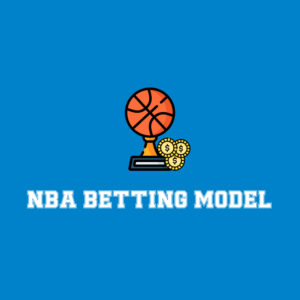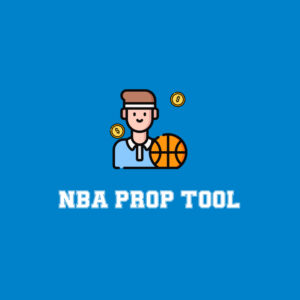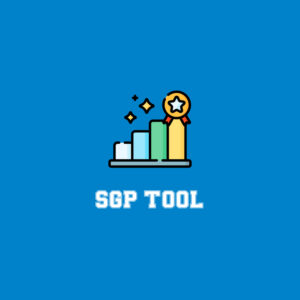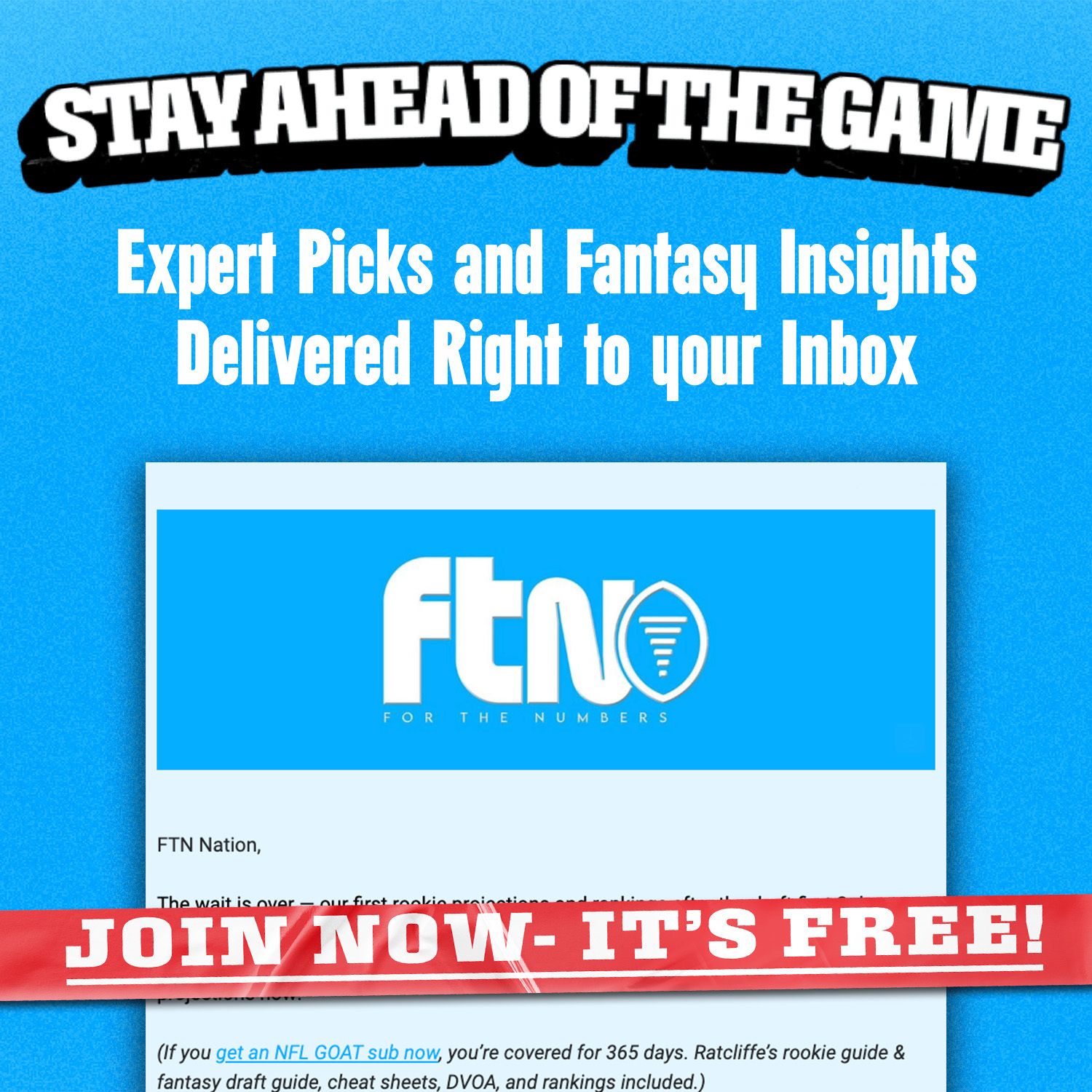
My dad taught me to play chess when I was 3 years old. By the time I was in middle school, I was a top-10 ranked player in the state of New Jersey.
I know what you’re thinking. NERD!
Fortunately, my target audience here is a large group of fantasy baseball players. So jokes on you, I’m just speaking to my peers. Now let’s go back to chess for a moment.
I’m now 30 years old. I don’t remember the exact techniques my dad showed me at 3. But I do remember this. He began with a handful of chess openings. That way I’d know how to begin the game in a good position against my opponent. Once I had basic knowledge of how to begin a game, he skipped the middle portion.
Huh? Why would he do that? Well, for chess people out there, there’s no way to actually teach the middle game. There are an infinite number of ways a chess game can unfold. I even looked it up to be sure, and this is what I found.
“The possible number of chess games is so huge that no one will invest the effort to calculate the exact number.”
So he skipped to the end game. He taught me how to close games out and step on my opponent’s throat. What’s the use of being ahead if you don’t know how to produce a checkmate? Looking back at my dad’s lessons on the chess board, I couldn’t help but make the connection to fantasy baseball.
A chess opening is the fantasy baseball equivalent of draft day – which takes place on a draft board. When I’m not splitting the atom in my spare time, these are the observations I make. However, even the best chess openings out there guarantee nothing. Your opponent can counter it with the right combination of moves. You can miss an opportunity and the game can completely flip on its head. You can lose the position battle as you enter the middle game. Now you’re on the defense.
The moral of the story is, there’s no way to get from the opening to checkmate without the right combination of moves in the middle. You can’t “close” out your opponent if you never get in position to do so. Maybe those of you who don’t play chess have heard of the butterfly effect.
The butterfly effect says that “small events can have a large, unpredictable influence on the future.”
That’s where this article comes in. If you want to win in fantasy baseball, you won’t do it the day after you post your draft board on Twitter. This isn’t a shot at my peers, but I sometimes chuckle seeing 40-50 draft boards on social media. What you see is almost certainly not what you’re going to have in July and August – if you’re still in contention at that point. That’s just a fact. The hundreds (and sometimes thousands) of moves you make after draft day – and before Billie Joe Armstrong wakes up at the end of September – will have more impact on the final standings than your February draft board.
Below, I’ll examine how to beat your opponents at the middle game and assure yourself a chance to close down a championship in September. This will be a two-part series, with next week’s article focusing more on the end game.
Step 1: Don’t overreact after Draft Day
It seems so simple, yet no one follows this rule. The draft board is just the foundation of your team.
You think you bombed your first-round pick? The guy before you sniped the player you wanted? By late-April, that player could be on the 60-day IL. You might have dodged a huge bullet.
Feel good about your team? Maybe you drafted Gavin Lux, Joe Musgrove and Tyler Glasnow in February. Now what?
The overarching point here is don’t panic if the draft doesn’t go your way. Like the chess openings above, the draft guarantees you nothing. I’d rather put together a poor draft followed by a shrewd set of FAAB pickups, start/sit decisions and trades than an excellent draft on paper followed by missed opportunities, rash decisions and risky blockbuster trades that don’t pan out.
Step 2: Be proactive, not reactive
My dad also taught me the stock market. If you didn’t get this already from the intro, he’s a smart guy! When he talks, I listen.
People lose money in the stock market when they rely on emotions. When your stock is way up, you get complacent. You put off taking profits because you get greedy and want more. Many times, you wait too long and the stock plummets back down. Your selling window closed and you missed your opportunity. Conversely, when a stock drops off a cliff after you bought it, many people panic and sell. But you bought it for a reason right? If you’re confident in it long term, and it’s cheaper now, why not buy more?
It’s the old saying “buy low, sell high.” Sounds easy in theory, yet only the best fantasy baseball managers actually follow it. Remember 2021 Luis Castillo? Through May 29, Castillo sat at 1-10 with a 7.22 ERA. In many leagues he was flat-out cut and rotting on waivers, despite advanced numbers showing the first two months of the season were somewhat unlucky.
Castillo was still pumping 95-plus. The strikeout numbers were a little lower than you’d expect (48 strikeouts in 52.1 innings), but 1-10 with a 7.22 ERA? Come on. Anyone who bought low on the right-hander saw him finish the remaining four months of the season 7-8 with a 2.73 ERA and 144 K’s in 135.1 innings.
These dramatic turnaround stories don’t come around often. And not all advanced numbers paint a picture of what’s going to happen in the future. Sometimes people stay unlucky the entire season (cough, cough, Alex Cobb). But imagine being that manager who was proactive and snatched Castillo off waivers in late May. That’s the type of move that can save you after a poor draft. It’s like falling behind in chess but catching your opponent off guard and taking their queen. Suddenly you’re in control of the game and people are chasing you – not the other way around.
The same idea applies to closers. I’ve discussed this in earlier articles, but the best way to shore up a lackluster bullpen is to snatch eighth-inning guys on teams with elite closers occupying the ninth (2022 Clay Holmes). Don’t wait for the bidding war after the incumbent gets hurt. Be proactive, not reactive.
Step 3: Make the tough decisions
It’s never easy to part ways with a draft pick. Look at the NFL. First-round quarterbacks always have a long leash, even if they stink. Franchises that let the QB linger for 3-4 seasons often end up ripping the bandage off too late and setting the organization back another 3-4 seasons.
In fantasy baseball, it’s easy to get caught up with the names on your roster and not actual production.
Last year, I was 0-4 in my head-to-head home league and drafted Yuli Gurriel at first base. In points leagues, Gurriel had been a cheat code for years due to his high average and low strikeout rate. He won the AL batting title in 2021 (.319) and provided solid power with 15 homers/81 RBIs.
Fast-forward to 2022, and Gurriel was like a black hole at a premium position. I gave it some time (remember, you don’t want to bail too early like in the Castillo example above), but it became apparent after a few months that Gurriel’s advanced numbers weren’t painting a picture of positive regression. This example isn’t perfect, because Gurriel isn’t a name brand like say, Pete Alonso. But Gurriel was also a beast in 2019 (31 homers/104 RBIs) and still had name power in points leagues.
It felt gross to drop him, especially since he had been a staple for me on my 2019 title team. But I recognized that fantasy baseball championships aren’t won based on “feelings” or loyalty because of what that player provided me in the past. If you take anything from this article, let it be that last sentence. Just because a player hit a walkoff home run to win you a title five years ago doesn’t mean you should draft him three rounds ahead of ADP or let him cripple your roster for months because he’s “your guy.”
I dropped Gurriel for Christian Walker, who despite some big power numbers (finished the season with 36 homers/94 RBIs) was sitting on waivers because, well, he wasn’t exactly a household name. It’s amazing how much better we’d be as managers if we made decisions strictly based on numbers and not names. Let others chase names while you chase production.
Step 4: Reassess your roster on a weekly basis
There’s no coasting in fantasy baseball, just like there’s no coasting in life. If you buy your wife flowers in March, she isn’t going to remember that and let you off the hook in December when you do something stupid.

If you draft Aaron Judge, Pete Alonso and Austin Riley in March, that doesn’t mean you won’t need a shot of power off waivers in July. It’s easy to think you have a certain category covered, but the best managers are constantly looking for an edge. Maybe you’ve assembled a pitching staff near the top of the standings in ERA/WHIP. You feel good about it. So you leave it alone. Well what if the majority of your staff has been pitching well above their FIP/xFIP projections?
You might be in for a rude awakening once those pitchers tread out into deeper waters and get shelled (or as many of us like to call it, Gombered). By that time, it might be too late.
A smart manager would sift through the data and recognize that despite the elite ratios, the team might need some reinforcements to remain atop the standings. This somewhat ties into Step 2 above. Before you begin your Sunday FAAB bidding, you should already know how to attack the next few weeks. You should already know where you might be lacking and where you’re secure. It goes against human nature to feel the need to improve areas in which you’re already strong. But even the best-looking rosters on paper have holes.
Sometimes the holes in April are different from the holes in July. Your roster is a fluid organism, and the only way to keep it fresh is to take care of it on a weekly basis. So constantly reassess your team, almost ad nauseam. Because if you don’t do it, someone else in your league will do it with their roster.
Steps 5-8
Today, I covered four steps to in-season management in fantasy baseball. This could probably be a three- or four-part series, or a 95 Theses if you will. But the season is approaching, and fast.
Next week, I’ll cover more “middle game” strategies before touching on the end game to wrap up a fantasy baseball championship. Hit me up @Adam15Young if there’s anything I missed or if you want to chat about other things – like chess, and why only nerds like us seem to play it.





























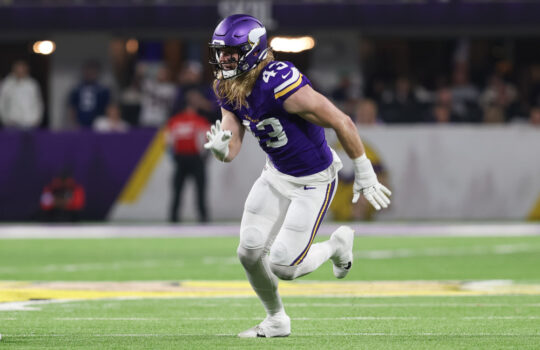



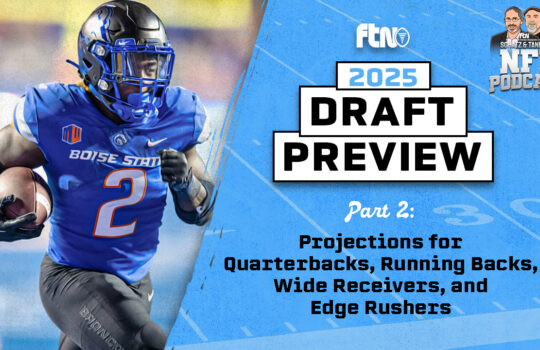

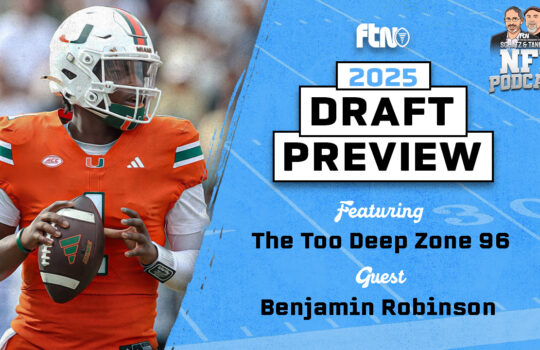





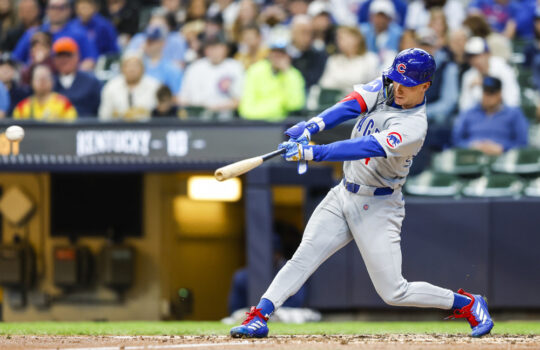

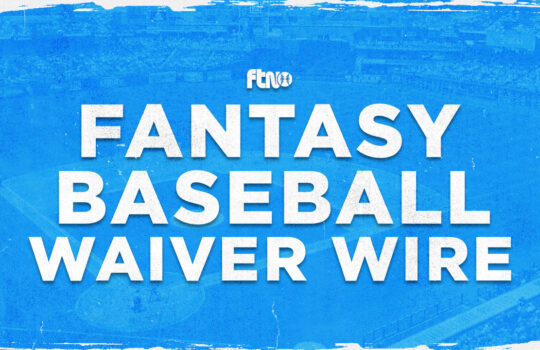

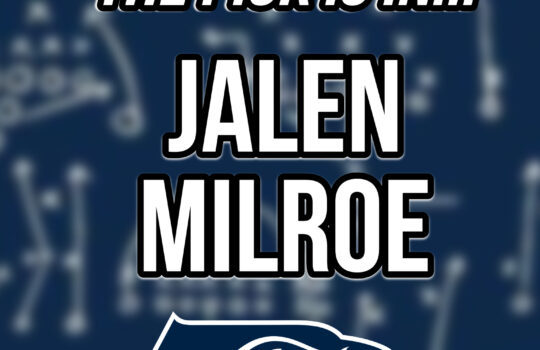

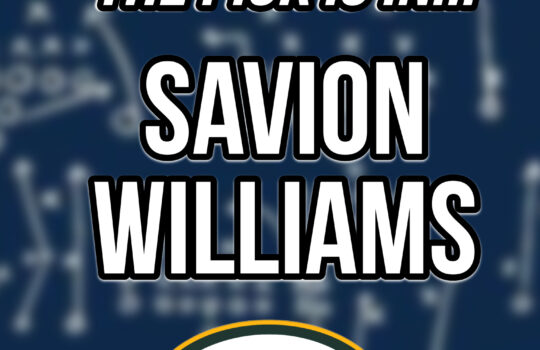
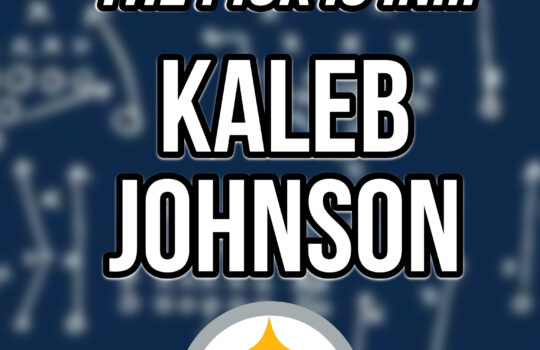

 New York Jets
New York Jets  New England Patriots
New England Patriots  Miami Dolphins
Miami Dolphins  Buffalo Bills
Buffalo Bills  Pittsburgh Steelers
Pittsburgh Steelers  Cleveland Browns
Cleveland Browns  Cincinnati Bengals
Cincinnati Bengals  Baltimore Ravens
Baltimore Ravens  Tennessee Titans
Tennessee Titans  Jacksonville Jaguars
Jacksonville Jaguars  Indianapolis Colts
Indianapolis Colts  Houston Texans
Houston Texans  Las Vegas Raiders
Las Vegas Raiders  Los Angeles Chargers
Los Angeles Chargers  Kansas City Chiefs
Kansas City Chiefs  Denver Broncos
Denver Broncos  Washington Commanders
Washington Commanders  Philadelphia Eagles
Philadelphia Eagles  New York Giants
New York Giants  Dallas Cowboys
Dallas Cowboys  Minnesota Vikings
Minnesota Vikings  Green Bay Packers
Green Bay Packers  Detroit Lions
Detroit Lions  Chicago Bears
Chicago Bears  Tampa Bay Buccaneers
Tampa Bay Buccaneers  New Orleans Saints
New Orleans Saints  Carolina Panthers
Carolina Panthers  Atlanta Falcons
Atlanta Falcons  San Francisco 49ers
San Francisco 49ers  Seattle Seahawks
Seattle Seahawks  Los Angeles Rams
Los Angeles Rams  Arizona Cardinals
Arizona Cardinals 
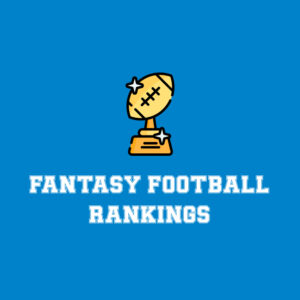
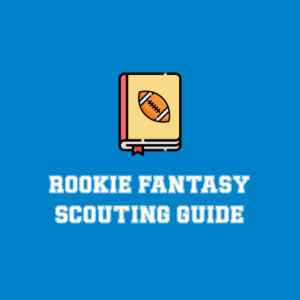
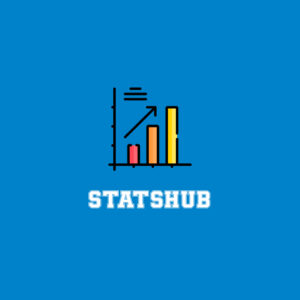





 Boston Celtics
Boston Celtics  Brooklyn Nets
Brooklyn Nets  Philadelphia 76ers
Philadelphia 76ers  New York Knicks
New York Knicks  Toronto Raptors
Toronto Raptors  Chicago Bulls
Chicago Bulls  Detroit Pistons
Detroit Pistons  Milwaukee Bucks
Milwaukee Bucks  Cleveland Cavaliers
Cleveland Cavaliers  Indiana Pacers
Indiana Pacers  Orlando Magic
Orlando Magic  Atlanta Hawks
Atlanta Hawks  Charlotte Hornets
Charlotte Hornets  Miami Heat
Miami Heat  Washington Wizards
Washington Wizards  Denver Nuggets
Denver Nuggets  Minnesota Timberwolves
Minnesota Timberwolves  Oklahoma City Thunder
Oklahoma City Thunder  Portland Trail Blazers
Portland Trail Blazers  Utah Jazz
Utah Jazz  LA Clippers
LA Clippers  Golden State Warriors
Golden State Warriors  Los Angeles Lakers
Los Angeles Lakers  Phoenix Suns
Phoenix Suns  Sacramento Kings
Sacramento Kings  Dallas Mavericks
Dallas Mavericks  Houston Rockets
Houston Rockets  Memphis Grizzlies
Memphis Grizzlies  New Orleans Pelicans
New Orleans Pelicans  San Antonio Spurs
San Antonio Spurs 
